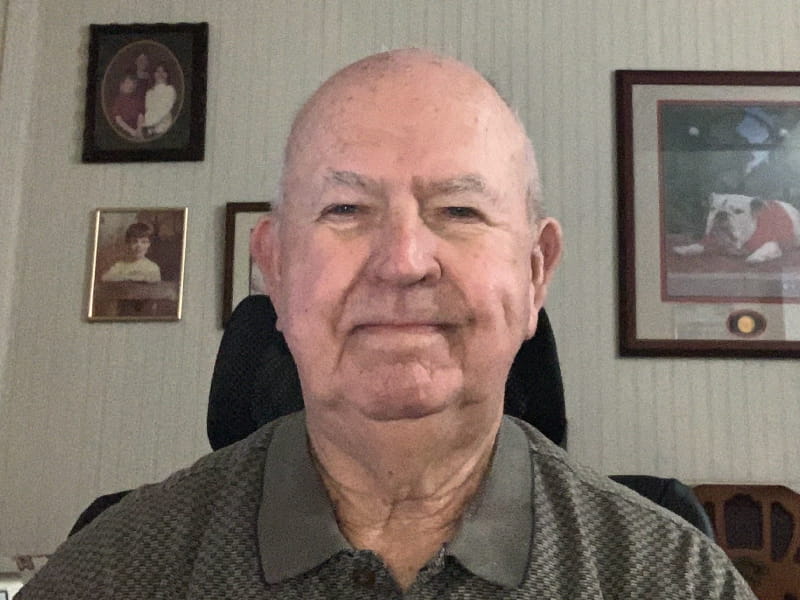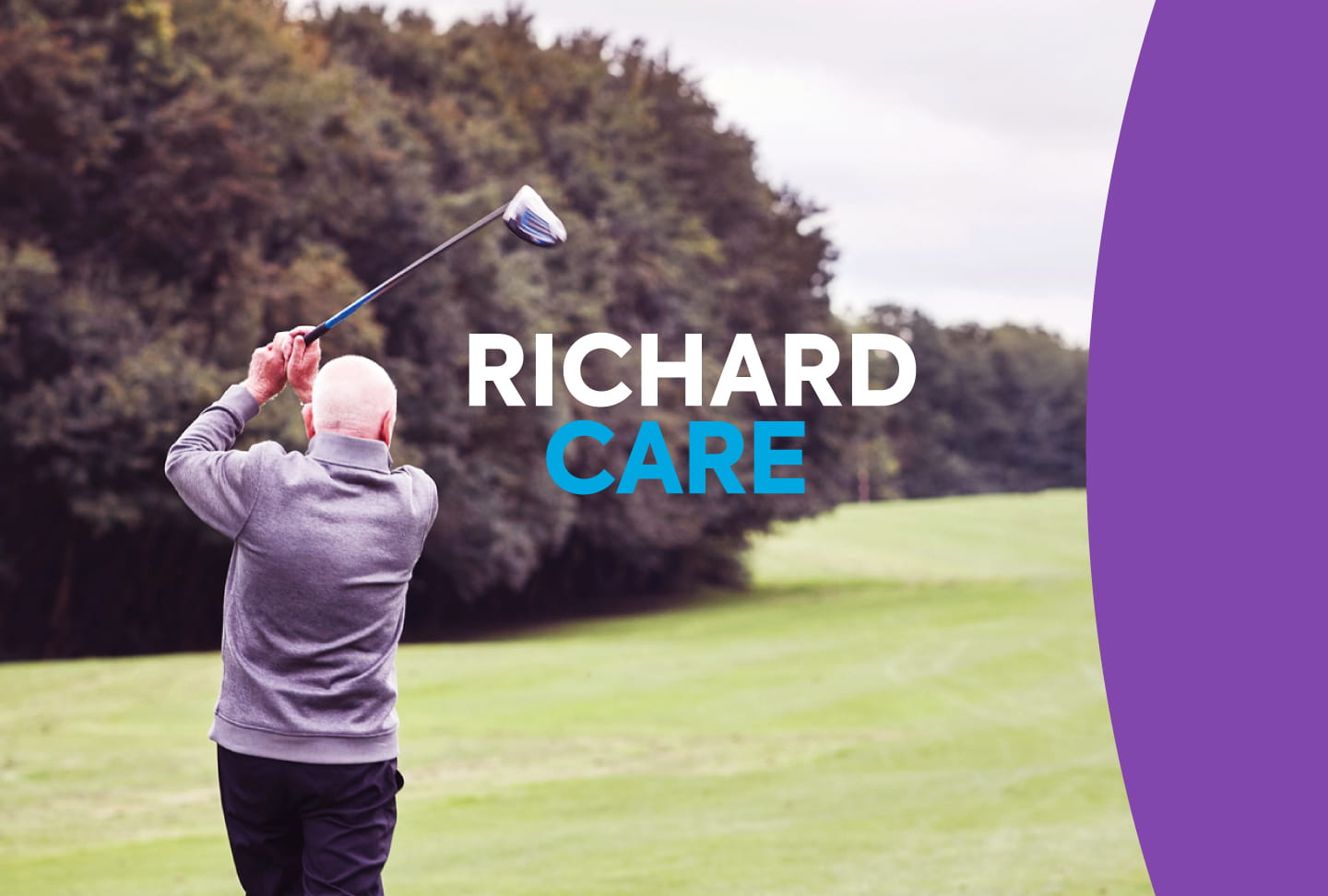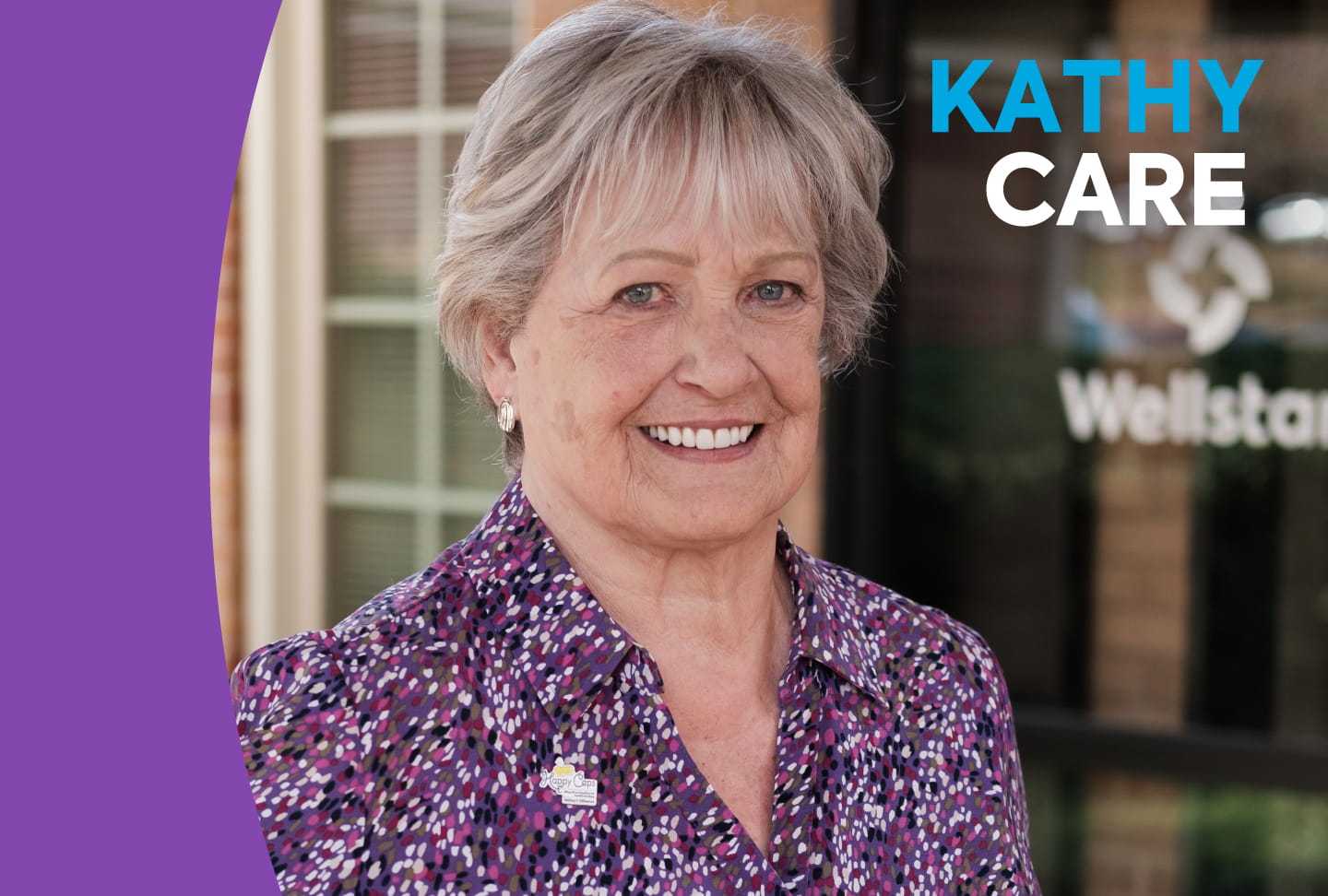
RichardCare
How an active retiree beat colon cancer with screening and the support of his Wellstar care team
Published on March 27, 2025
Last updated 01:55 PM March 27, 2025


If you start noticing something is different—[that] a normal process of your body changes—you need to understand why. That’s what happened to me, and I was fortunate to get my appointment with Dr. Renelus.
- Richard Knox
Colon Cancer Survivor
Tags
Vinings Health Park Cobb Medical Center Roderick Harding RhyantBenjamin Dwight Renelus Anushka Vavitra Arumugasaamy William Lee Forehand III PeopleCare
Related Articles

Highlights
Wellstar Cobb Medical Center Celebrates Opening of Obstetric Emergency Department

The Obstetric Emergency Department provides expert evaluation and treatment for patients who are 20 weeks pregnant through six weeks postpartum. Patients have direct access to board-certified obstetric providers, supported by a coordinated team of maternal-fetal medicine specialists, anesthesiologists, neonatologists, nurses and midwives. Services include rapid care for urgent pregnancy concerns, management of pregnancy-related conditions such as hypertension or gestational diabetes, and monitoring for postpartum complications. Families also receive compassionate guidance and resources, including support during high-risk pregnancies or loss. “Pregnancy can bring moments of uncertainty and having immediate access to obstetric experts can make all the difference,” said Dr. Jessica Williams, OB/GYN medical director at Wellstar Cobb. “The Obstetric Emergency Department allows us to respond quickly, provide clarity and help families feel supported from the moment they walk through the door.” Georgia continues to experience one of the highest maternal mortality rates in the nation, with disparities particularly affecting Black women. Many of these outcomes are preventable with timely access to specialized care. The Obstetric Emergency Department at Wellstar Cobb helps address these challenges by advancing Wellstar’s commitment to reducing maternal health disparities and improving perinatal outcomes. The department ensures patients receive the right care, in the right place, at the right time and in a safe and supportive environment. This expansion of maternal care services enhances Wellstar Cobb’s comprehensive Women’s Center and complements its full-service Labor & Delivery program and Level III Neonatal Intensive Care Unit, reinforcing Wellstar’s mission to deliver world-class healthcare to every patient and family we serve.

PeopleCare
KathyCare
Kathy DeJoseph delights in making and giving away thousands of soft and cheerful hats to Wellstar cancer patients through a nonprofit she founded called Happy Caps. It’s all in the name of bringing a little light and comfort to people during a hard time.
Where did the idea come from? It started with Kathy’s own lung cancer diagnosis.
A commitment to yearly lung cancer screening
A cancer survivor for more than a decade, Kathy said regular lung cancer screenings were the key to her survival. With a long history of smoking and growing up around relatives who smoked, she decided to join an early detection lung cancer study at Wellstar.
Even though she felt fine and had no symptoms, committing to the study meant having an annual low-dose CT scan every year. After several years of clean scans with no signs of lung cancer, Kathy told a nurse that she was going to quit. But the nurse persuaded her to come in for another screening.
“Thank goodness she did,” Kathy said. “I was diagnosed the very next day.”
Quick and efficient treatment at the STAT Clinic
Being a part of the study and getting screened early allowed Kathy to move immediately to Wellstar Lung Cancer STAT Clinic at Wellstar Kennestone Regional Medical Center.
STAT stands for Specialty Teams and Treatment, highlighting the collaboration of multiple cancer experts. Together, they come to a consensus on a treatment plan and meet with the patient on the same day. This puts the patients at the center of their care plan, allowing them and their families to get immediate answers to questions, make decisions and start treatment faster.
“The biggest benefit for me with the way the STAT Clinic works is that I didn’t have to worry about whether the doctors had actually talked to each other,” Kathy said. “They’d come in one after another and tell me what they thought from their expertise.”
Immediate communication and mutual agreement among medical experts mean treatment plans are established and started faster, which is proven to improve long-term survival. On average, it takes 60 to 90 days from the time of diagnosis to treatment in the U.S. With the STAT Clinic at Wellstar, patients go from diagnosis to treatment in 14 to 20 days.
Kathy’s treatment started quickly—she had a lung biopsy the day after her STAT Clinic appointment and started chemotherapy a week later.
“I wasn’t as terrified for as long as most people are because I had answers within a short period of time,” Kathy remembered.
She had surgery once she completed chemotherapy. Throughout the process, she had the support of an entire cancer team, including a medical oncologist, a lung cancer surgeon, a pulmonologist and a nurse navigator.

PeopleCare
BillyCare
William “Billy” Gerace, a retired man in Mableton, found himself progressively restricted by severe emphysema. Dependent on oxygen, it was tough to find the breath and the energy to work in his garage. Then he found out about BLVR, a procedure that would change his lungs—and his life—for the better. Now he spends his days breathing new life into classic cars. Billy’s story highlights the power of expert care and leading-edge treatments at Wellstar, and our commitment to help people get back to doing what they love.
Slowed down by an oxygen tank
For Billy, the simplest of movements became Herculean tasks. The man who loved tinkering in his garage found himself slowed down by an oxygen tank and dependent on his wife, Patty, to help him move it from room to room.
“I couldn’t walk 20 feet without the hose on my nose,” Billy said. “I couldn’t go from the living room to the kitchen without oxygen. That’s how bad it was.”
Billy suffered from emphysema, a severe type of chronic obstructive pulmonary disease (COPD). The inability to work in his garage on his collection of vehicles—including a '69 Corvette convertible—was heartbreaking.
“I’d have to do five minutes’ worth of work—then catch my breath,” he remembered. “It took me a very long time to do anything. A project that would normally take an hour took two days. I had to sit dormant most of the time.”
Billy had managed this condition for years with prescription medication and pulmonary rehabilitation, but in the final months leading to his procedure, he had the impression that his life was fading with every gasp of air.
We use cookies for booking and general analytics. Learn more about or internet privacy policy.
